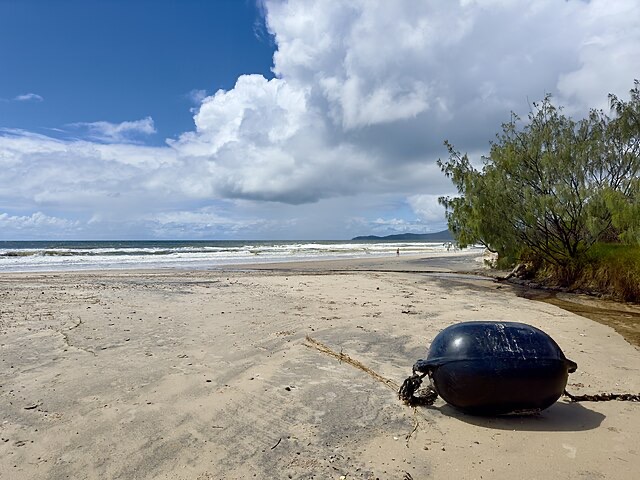A dream holiday turned into a devastating nightmare when two British tourists—aged 46 and 17—tragically drowned off the coast of Queensland, Australia. Swept out to sea near the popular tourist town of Seventeen Seventy, the pair became victims of one of Australia’s most dangerous but underestimated natural hazards: unpatrolled beaches.
The story has sent shockwaves across both the UK and Australia, highlighting the urgent need for improved beach safety education and awareness among international travelers. As families mourn the loss of their loved ones, authorities and experts are now calling attention to the risks of swimming outside designated safe zones in one of the world’s most beautiful but deadly coastal regions.
In this article, we take a closer look at what happened, why this part of Australia can be deceptively dangerous, and what important lessons travelers can take away to stay safe.
What Happened at Seventeen Seventy
The Setting: Seventeen Seventy Beach, Queensland
Located at the southern tip of the Great Barrier Reef, the beach town of Seventeen Seventy (also stylized as 1770) is famous for its stunning natural beauty. With crystal-clear waters, golden sand, and coral reefs nearby, it’s a magnet for tourists seeking a tropical getaway far from the hustle of the cities.
But like many remote beaches in Australia, Seventeen Seventy lacks constant lifesaving patrols—especially in the less frequented areas. That factor alone can turn a tranquil swim into a high-risk activity in a matter of moments.
Timeline of the Tragedy
On Sunday afternoon, a group of swimmers—including the two British tourists and a 37-year-old Australian man—were enjoying the water at an unpatrolled section of the beach. At some point, a powerful rip current is believed to have pulled them further from shore.
Witnesses reported seeing the group struggling, prompting bystanders to alert emergency services immediately. The Queensland Ambulance Service, along with rescue helicopters, responded swiftly to the call. The scene unfolded rapidly, but unfortunately, by the time help arrived, it was too late for the two British nationals.
Rescue Efforts and Emergency Response
Rescue operations involved the deployment of an emergency chopper and ground crews, who worked tirelessly to retrieve all three individuals. The 37-year-old Australian man, who sustained serious head injuries—possibly from hitting rocks or coral—was airlifted to a nearby hospital in critical condition.
Despite the efforts of paramedics on-site, the two British tourists were pronounced dead at the scene. The incident has since been described as one of the most harrowing beach tragedies in Queensland this year.
Victims Identified and Their Background
Two British Nationals Confirmed Dead
Authorities have not officially released the names of the deceased, but it has been confirmed that they were visiting from the United Kingdom. The 46-year-old man and the 17-year-old boy were part of a traveling group, possibly family members, who had been exploring the Queensland coast.
According to media reports, the victims were not locals and likely unfamiliar with the specific hazards associated with unpatrolled beaches. This lack of awareness may have contributed to their tragic fate.
Details About the Surviving Australian Swimmer
The Australian man involved in the incident is believed to be a 37-year-old from Monto, a rural town inland from the Queensland coast. He remains in hospital, recovering from significant injuries. Authorities have yet to confirm whether he knew the British tourists or if the group met during the beach visit.
Police continue to investigate the circumstances around the drowning and are expected to conduct further interviews with witnesses and family members.
UK Government’s Response and Family Support
The UK’s Foreign, Commonwealth & Development Office (FCDO) confirmed they are in touch with the local Australian authorities and providing consular assistance to the victims’ families. In a statement, they said, “We are supporting the families of two British nationals who have died in Queensland, Australia, and are in contact with the local authorities.”
Tributes have begun pouring in across social media, and friends of the victims have described them as “kind-hearted,” “adventurous,” and “family-oriented.”



